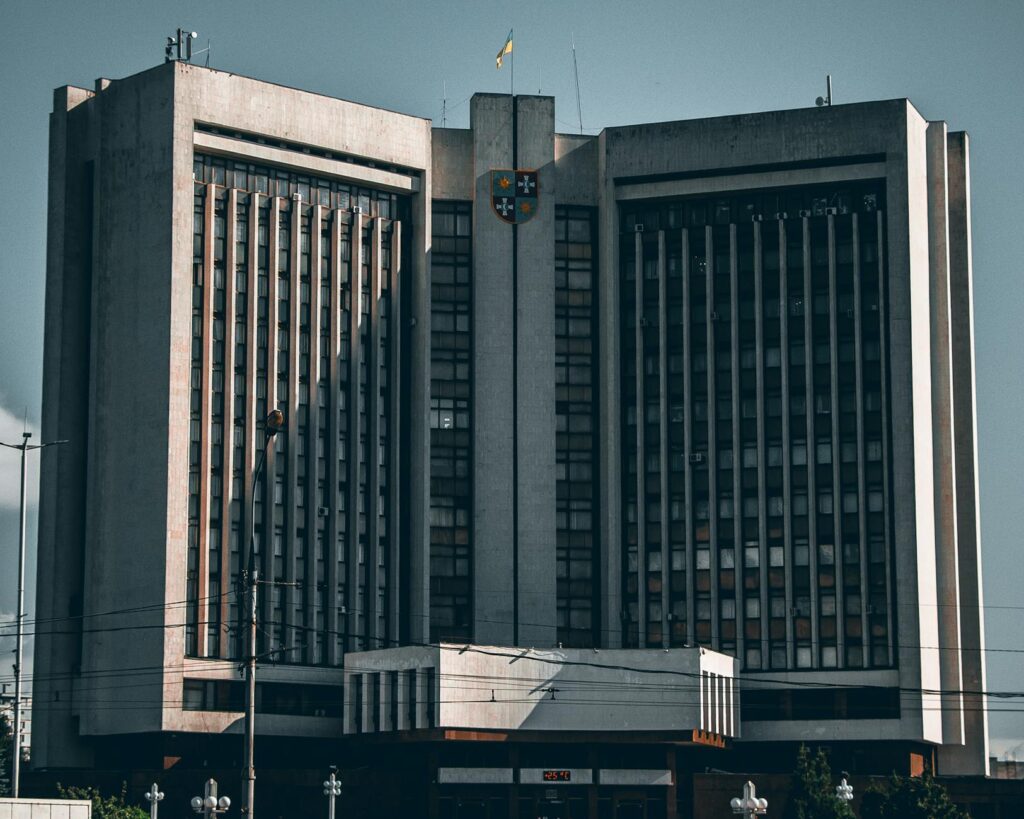Could a single digital currency unite the world’s economy? It’s a question that feels ripped from a sci-fi novel, yet it’s becoming a serious topic of conversation in boardrooms and government halls. The idea of a global cryptocurrency standard is both thrilling and terrifying, promising a future of frictionless, borderless commerce while threatening the very foundations of national sovereignty. But is it just a pipe dream? Or are we stumbling toward a new financial paradigm?
Let’s be real: the system we have now is a patchwork of centuries-old agreements, held together by institutions like SWIFT and the dominance of the U.S. dollar. It works, mostly. But it’s slow, expensive, and leaves billions of people behind. The promise of crypto is to tear that down and build something new from the ground up. Something faster, cheaper, and more accessible. It’s a monumental task, and the path is anything but clear. We’re talking about rewiring the entire planet’s financial plumbing.
Key Takeaways
- The Vision: A global cryptocurrency standard aims to create a single, borderless currency for international trade and settlement, reducing friction, costs, and reliance on intermediaries like SWIFT.
- The Hurdles are Immense: Major obstacles include extreme price volatility, scalability issues (the ability to handle global transaction volumes), a fragmented and often hostile regulatory landscape, and the unwillingness of nations to cede monetary control.
- The Contenders: Potential candidates range from Bitcoin (as a ‘digital gold’ reserve asset) and Ethereum (with its smart contract ecosystem) to stablecoins (pegged to fiat currencies) and Central Bank Digital Currencies (CBDCs), which are government-issued.
- The Path Forward is Unclear: A single, sudden shift is highly unlikely. A more probable scenario involves a ‘multi-polar’ currency world where digital currencies coexist with fiat, potentially leading to regional standards before a global one is even considered.
The Utopian Dream: Why Even Chase This Idea?
Before we dive into the roadblocks, it’s worth remembering why this idea is so captivating. What’s the endgame? For proponents, it’s about building a truly global and equitable financial system. Imagine a world where an artisan in rural Vietnam can receive payment from a buyer in Canada instantly, with a transaction fee of mere cents, instead of waiting days and losing a hefty percentage to banks and remittance services. That’s life-changing stuff.
This vision is built on a few core pillars:
- Frictionless Commerce: No more currency conversions, no more multi-day settlement periods for international wire transfers. Just a seamless, near-instantaneous exchange of value. This could unlock trillions in economic activity currently bogged down by financial bureaucracy.
- Financial Inclusion: The World Bank estimates that 1.4 billion adults are unbanked. They lack access to the basic financial tools we take for granted. Many of them, however, have a mobile phone. A global digital currency could allow them to participate in the global economy directly, without needing a traditional bank account.
- Transparency and Programmability: With blockchain, transactions are recorded on an immutable public ledger (in most cases). This offers a radical level of transparency. Furthermore, smart contracts could automate complex financial agreements, from supply chain payments to royalty distribution, making them self-executing and reducing the need for costly legal oversight.
- A Neutral Settlement Layer: For decades, the world has run on the U.S. dollar. This gives the United States incredible geopolitical power. A neutral, decentralized currency could theoretically create a more level playing field, where no single nation controls the primary artery of global trade.
It’s a powerful sales pitch. A financial system for the internet age, built on principles of openness and decentralization. But dreams often smash head-on into reality.

The Brutal Hurdles Facing a Global Cryptocurrency Standard
The path from a compelling idea to a functioning global reality is littered with colossal challenges. These aren’t minor technical glitches; they are fundamental, system-level problems that touch on economics, politics, technology, and human behavior. Anyone who tells you this will be easy is selling something.
1. The Volatility Beast
This is the most obvious one. How can something be a ‘standard’ if its value can swing 10% or more in a single day? Imagine a company signing a 90-day contract for raw materials priced in Bitcoin. The final cost could be wildly different from what they budgeted, creating unacceptable risk. A global standard of value needs to be, above all, stable. Bitcoin and many other cryptocurrencies are currently speculative assets, not stable units of account. While stablecoins try to solve this, they come with their own set of trust and centralization issues.
2. The Scalability Trilemma
The global financial system processes an astronomical number of transactions per second. Visa alone handles thousands. Early blockchains like Bitcoin can manage… about seven. This is the classic ‘blockchain trilemma’: you can have decentralization, security, and scalability, but you can only pick two. While second-layer solutions like the Lightning Network and upgrades to blockchains like Ethereum are making huge strides, we are still a long way from a system that can handle the entire world’s commerce without grinding to a halt or compromising on its core principles.
3. The Sovereignty Problem
This is the political brick wall. Money is power. Nations control their economies through monetary policy—adjusting interest rates, printing money (quantitative easing), and managing their currency’s value. It’s one of the primary tools of a sovereign state. Why would any major economic power, be it the U.S., China, or the European Union, voluntarily give up that control to a decentralized algorithm they cannot influence? The answer is: they wouldn’t. This single issue is likely the biggest barrier to a truly decentralized global standard.
4. The Regulatory Maze
Right now, the world’s approach to crypto regulation is a chaotic mess. Some countries embrace it, others ban it, and most are stuck somewhere in the confusing middle. For a global standard to emerge, you’d need an unprecedented level of international cooperation and regulatory harmony. Agreeing on standards for taxation, anti-money laundering (AML), and consumer protection on a global scale would be a diplomatic miracle.
“Asking a nation to adopt a foreign currency is a matter of economics. Asking it to adopt a decentralized, stateless currency is a matter of philosophy. It challenges the very definition of a nation-state.”
So, Who Are the Contenders for the Throne?
If, against all odds, a global digital standard were to emerge, what might it look like? It’s not a one-horse race. There are several competing models, each with its own strengths and fatal flaws.
Category 1: The Decentralized Purist (e.g., Bitcoin)
The argument for Bitcoin is that it’s the most decentralized, secure, and battle-tested cryptocurrency. It has no central leadership, no marketing department, and has survived for over a decade. Proponents see it not as a currency for buying coffee, but as a neutral reserve asset—a kind of ‘digital gold’. In this future, countries and large corporations might hold Bitcoin in their reserves, using it to settle large international balances, while day-to-day transactions happen on other layers or with other currencies. The main problem? Its volatility and slow transaction speed make it unsuitable as a global medium of exchange.
Category 2: The Smart Platform (e.g., Ethereum)
Ethereum’s value isn’t just its currency, Ether (ETH). It’s the platform’s ability to run decentralized applications (dApps) and smart contracts. A future standard built on Ethereum could be a dynamic, programmable financial system. Think automated supply chains, decentralized insurance, and complex financial products that don’t require traditional banks. The challenge is its complexity, ongoing scalability upgrades (which carry risk), and rising competition.

Category 3: The Stable Bridge (Stablecoins like USDC, USDT)
Stablecoins are cryptocurrencies pegged to a stable asset, usually the U.S. dollar. They solve the volatility problem, making them practical for commerce and savings. They act as a bridge between the traditional financial world and the crypto world. Today, they are the lifeblood of crypto trading and DeFi. However, they reintroduce centralization. You have to trust the company or entity that issues the stablecoin to actually hold the reserves they claim to have. A major stablecoin collapse could trigger a systemic crisis.
Category 4: The State’s Counter-Attack (CBDCs)
This is where the governments get back in the game. A Central Bank Digital Currency is a digital version of a country’s fiat currency. The digital Yuan, or e-CNY, is the most advanced example. A CBDC offers the efficiency of a digital transaction but with the full backing and control of the central bank. Many experts believe this is the most likely path forward—not a single global standard, but a world of competing digital fiat currencies. This could lead to a ‘Digital Dollar’ and a ‘Digital Euro’ battling for dominance, potentially making cross-border payments more efficient but also creating new avenues for surveillance and state control.
The Incremental Path vs. The Great Reset
A single global cryptocurrency standard probably won’t emerge overnight in a ‘light switch’ moment. It’s far too disruptive. The more likely path is a slow, messy, and incremental evolution. What might that look like over the next few decades?
First, we’ll likely see the rise of regional standards. Perhaps a bloc of South American countries agrees to use a specific stablecoin for intra-regional trade to bypass the dollar. Or maybe a coalition of Asian nations develops a shared CBDC platform. These smaller-scale experiments would be the testing grounds for the technologies and regulatory frameworks needed for a global system.
Second, we’ll see a hybrid system emerge. You won’t pay for your groceries with Bitcoin, but the bank that settles the transaction with the grocery store’s bank might use a blockchain-based wholesale currency to settle their accounts at the end of the day. The deep plumbing of the financial system could be revolutionized long before the consumer-facing side changes dramatically.
Finally, the role of institutions like the International Monetary Fund (IMF) and Bank for International Settlements (BIS) will be critical. They are already deeply involved in researching and setting potential standards for how different digital currencies, especially CBDCs, can ‘talk’ to each other. Their goal isn’t to create a single currency, but to create a common language—a protocol for global value exchange, much like TCP/IP is the protocol for the internet.
Conclusion: A New Chapter, Not a Finished Book
So, could a global cryptocurrency standard emerge in the coming decades? The answer is a frustrating but honest ‘maybe, but not in the way most people think.’ The libertarian dream of a single, decentralized currency like Bitcoin replacing the dollar and uniting the world is, for all the political and technical reasons we’ve explored, a very long shot.
What is almost certain, however, is that the technologies pioneered by cryptocurrency—blockchain, smart contracts, and digital wallets—will become integral parts of the future global financial system. The world is undeniably moving toward digital money. The battle now is over what that money will look like. Will it be decentralized and open, or centralized and state-controlled? Will it be a single standard, or a ‘multi-polar’ world of competing digital currency blocs?
The conversation itself is the revolution. For the first time in a century, the fundamental architecture of the global monetary system is up for debate. We may not end up with one currency to rule them all, but we will almost certainly end up with a financial world that is faster, more complex, and more digital than ever before. The next twenty years won’t be boring.


